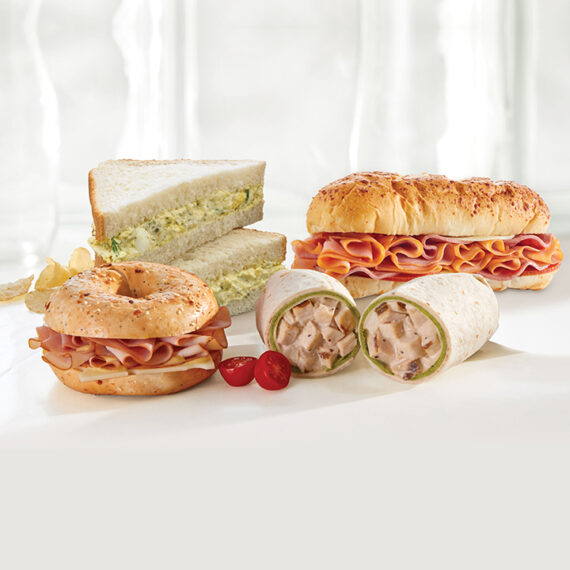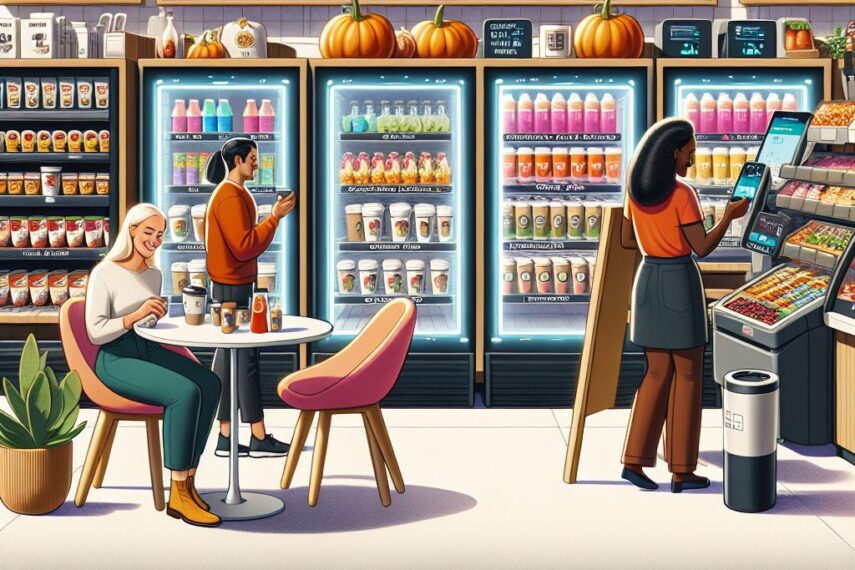
This past year, economic inflation changed the way people shop for groceries. As prices go up, shoppers are adjusting their spending to fit their budgets. This has led to a shift in choices when it comes to buying food.
Here are the top 3 trends that shook up the grocery business:
1. Prepared Foods
Prepared food sales are up 6% this year according to Nielsen data. Grocery retailers are preparing for this to grow. In the 2023 Supermarket News Fresh Food Trends Survey, 65% of people said they’re planning to offer more prepared foods in the next year.
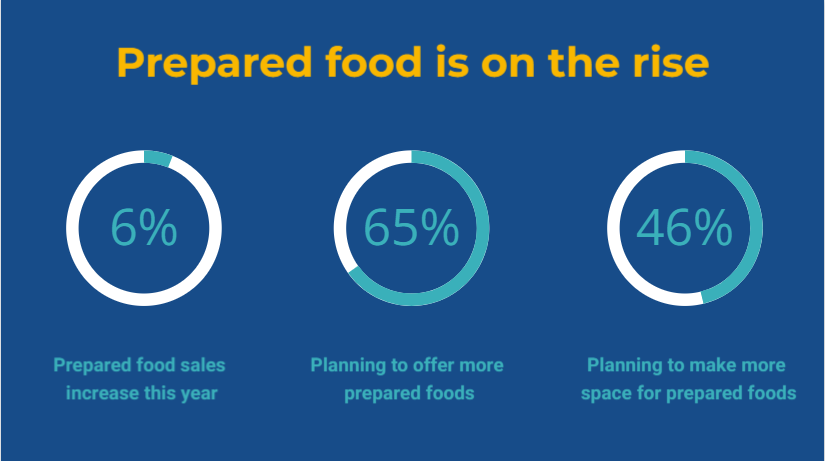
Moreover, when asked about their plans for each store section in the upcoming year, 46% of respondents mentioned they intend to allocate more space to prepared foods in their stores.
2. Labor Shortages
The labor shortage is increasingly prevalent in the industry. Grocery stores struggle to fill essential positions such as cashiers, stock clerks and deli workers. The labor gap is wide, with around four million more jobs than available candidates. To add to the stress, a McKinsey survey noted 44% of frontline retail workers considered leaving their jobs this year.
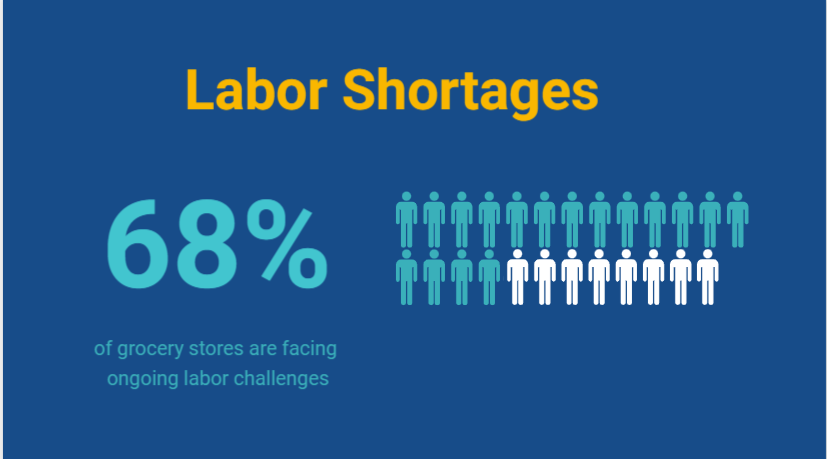
Supermarket News found 68% of grocery stores are grappling with ongoing challenges related to labor shortages, with the grocery workforce describing the availability of labor as “difficult” or “very difficult.”
Looking for a solution to this? Here is how to offer like-fresh food options without maxing out on labor.
3. Sustainability
Research from Nielsen found that nearly all consumers, about 95%, express a desire to live more sustainably. This is a great chance for grocery brands to adjust their product and marketing strategies to reflect consumer demands.
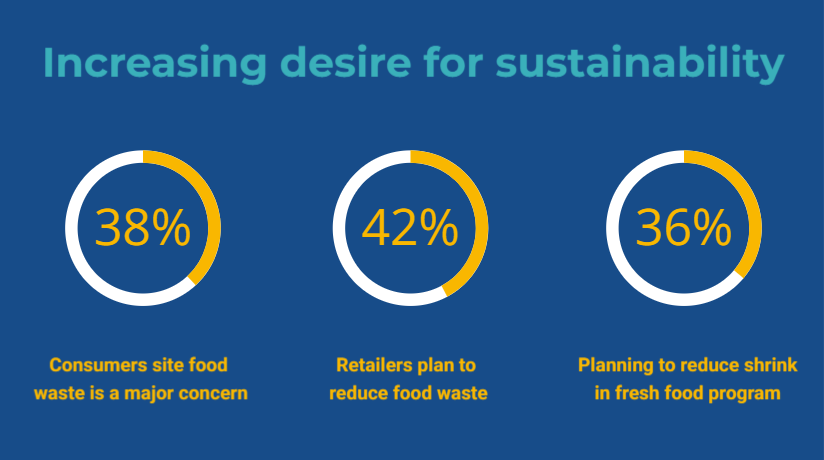
Both consumers and retailers see reduced food waste as a first step toward sustainability. In a Tetra Pak study, 38% of consumers said food waste was a major concern and put emphasis on finding a more environmentally friendly approach to food consumption. In the same survey, 42% of retailers plan to reduce water and 36% plan to reduce shrink as part of a fresh food program.
The grocery trends prompted by inflation don’t seem to be going anywhere anytime soon. Prepared foods, labor challenges and the increased demand for sustainability are shaping a new grocery landscape. Retails must find ways to navigate these trends as they look to the years ahead.


